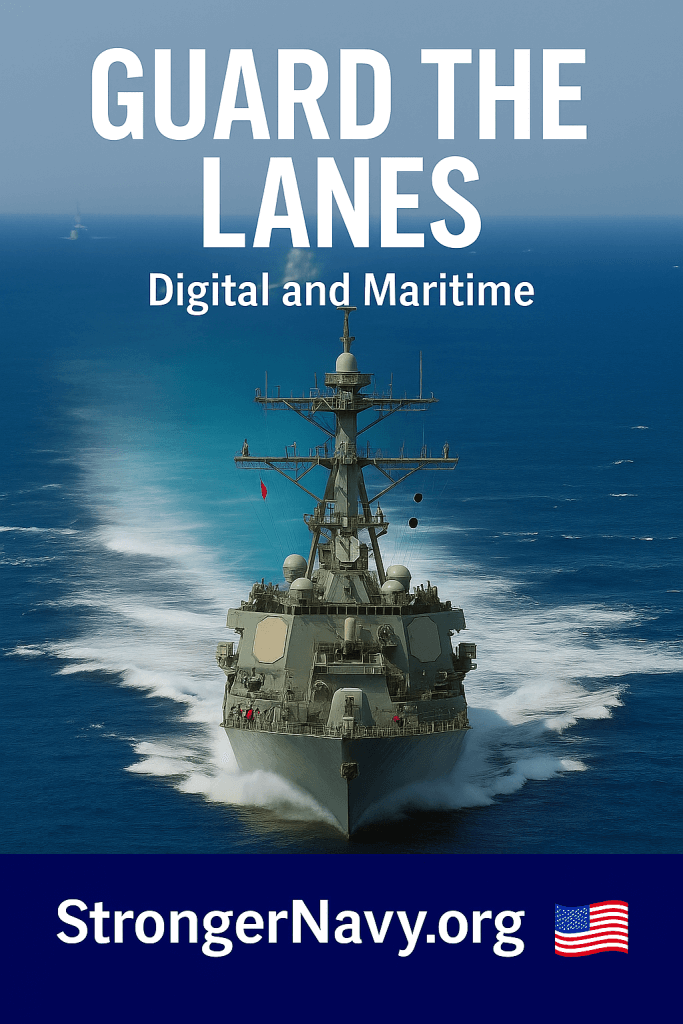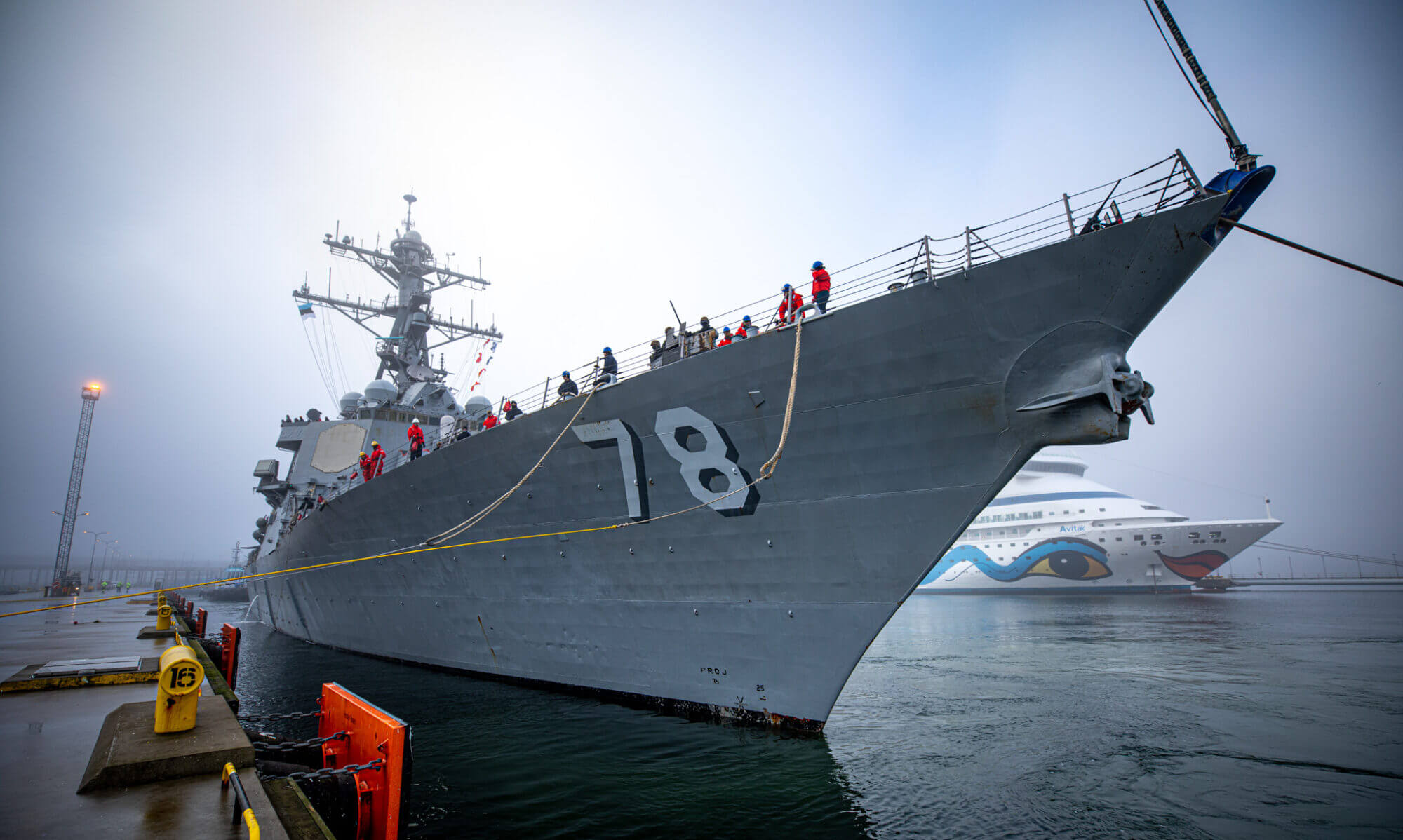
Silicon Valley builds the networks. The Navy protects them. Invest to keep them both secure.

Sometimes the search for clarity keeps me up long past midnight. That was the case at 3 a.m. this week when I came across a RAND report titled Economic Deterrence in a China Contingency. I hoped it might explain how America could keep the peace without firing a shot. It did—and it didn’t. RAND’s conclusion is clear: economic tools help, but they work only when anchored to credible strength, industrial capacity, and alliances that hold.
Why Americans Should Care
RAND’s analysis shows that sanctions alone can’t deter China from acting against Taiwan. Even coordinated multilateral efforts might shave a few points off China’s GDP, but they won’t change its core objectives. Unilateral U.S. measures could even harm our own economy. That means deterrence isn’t about paperwork or tariffs—it’s about preparation, partnerships, and public will.
When the lanes of trade and data stay open, the world stays stable. If those lanes close, the cost lands on every American household.
Implications for the Navy
For navalists, the message is unmistakable: economic deterrence rides on sea power. If sanctions are to work, allied fleets must protect the supply lines and chokepoints that keep global commerce moving. RAND calls for better modeling of economic impacts; I’d add that we also need better modeling of shipbuilding, repair, and readiness.
Our destroyers, carriers, and submarines aren’t just tools of war—they’re instruments of economic freedom. They guard the lanes.
Implications for Our Allies
RAND emphasizes that sanctions mean little without unified action. The same applies to maritime strength. Japan, Australia, and the U.K. can’t afford hesitation; unity is deterrence. Coordinated naval presence across the Indo-Pacific signals resolve more effectively than any embargo ever could.
A Call to Silicon Valley
This is where the RAND findings connect directly to our call for America’s tech industry. The report warns that markets adapt faster than governments—and that the private sector will make or break national resilience. That’s a polite way of saying: Silicon Valley, you’re in this fight whether you know it or not.
We’re not asking for militarization of innovation. We’re asking for civic responsibility: secure the code, protect the data, and strengthen the digital lanes that mirror the sea lanes our sailors defend. The Navy protects what you build. Now America must invest to keep both secure.
The Bottom Line
Peace depends on readiness. RAND’s economists proved it with data; our sailors prove it every day with sweat and steel. The future will be written not only in shipyards and naval bases, but also in design labs and data centers.
That’s why we launched Charting the Course: Voices That Matter—a 24-part educational series explaining how we got here, what went wrong, and what must happen next. Our goal is simple: educate the public, connect the dots, and build the support needed to close the readiness gap before it’s too late.
Let’s roll.

